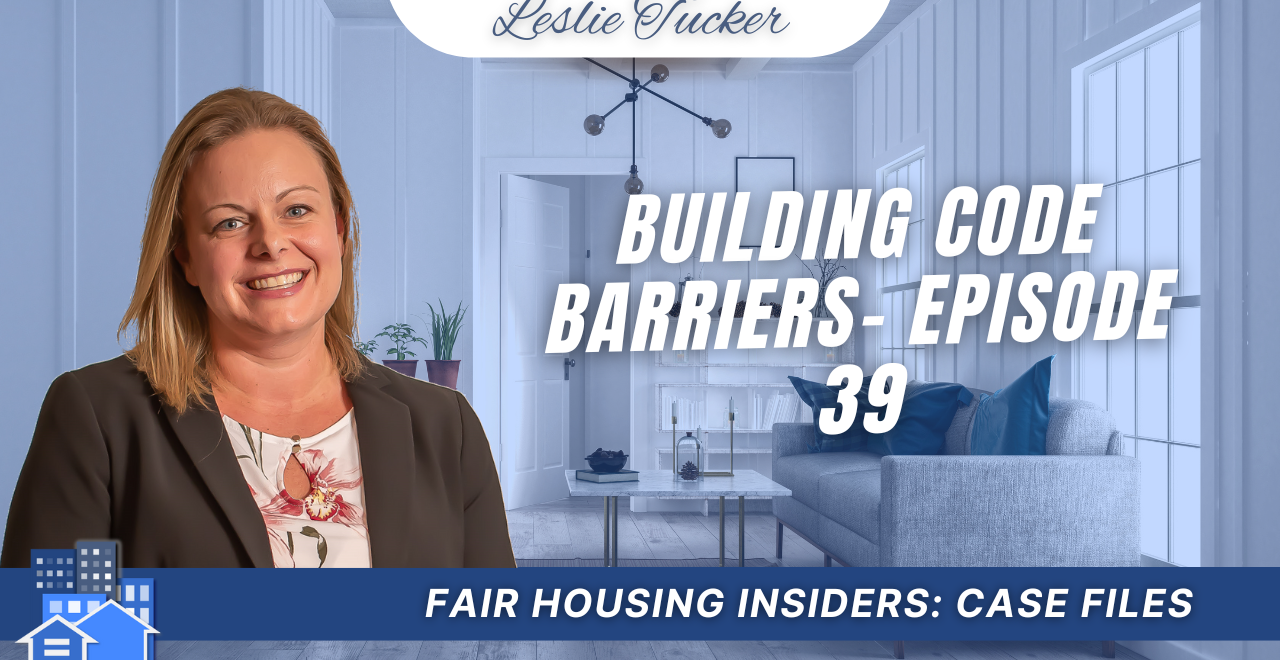In the intersection of local regulations and federal housing laws, a recent case sheds light on how well-intended building codes can unintentionally become barriers. United States v. Commonwealth of Pennsylvania serves as a reminder that compliance with state codes must be carefully balanced with fair housing obligations, particularly when it comes to housing individuals with disabilities.
The Background of the Case
At the center of this case is Pennsylvania’s Uniform Construction Code, which includes a requirement that all “community homes” for individuals with intellectual disabilities or autism be equipped with automatic sprinkler systems, regardless of the building’s age. These homes are small, usually housing no more than four residents, and are designed to integrate individuals into typical residential communities through single-family homes, townhomes, or apartments.
While the safety objective behind the sprinkler requirement is clear, the federal government argues that the rule unfairly targets housing for individuals with disabilities, creating a financial and logistical burden that does not apply to other similar housing types. According to the complaint, the cost to install sprinkler systems can range from $10,000 to $30,000—an expense that can significantly delay or prevent the opening of new community homes.
Why the Law May Be Discriminatory
Under the Fair Housing Act (FHA), policies that disproportionately affect individuals with disabilities must be narrowly tailored and justified by a legitimate need. The government contends that the Pennsylvania code fails this test. While the state requires community homes to be fully sprinklered, it does not impose the same rule on similar housing types such as typical single-family homes, daycares, or even some nursing homes.
The case also highlights that community homes must have staff on-site at all times, and residents must be capable of evacuating within approximately two and a half minutes. These requirements already contribute to safety and raise questions about whether a blanket sprinkler requirement is necessary. The government asserts that the regulation applies a one-size-fits-all rule without considering reasonable accommodations or alternate safety strategies.
Legal Questions at Stake
The case raises three fundamental legal questions:
Does the sprinkler mandate result in discriminatory treatment of people with disabilities?
Does the regulation create a barrier to housing access for this protected class?
Did the state consider less burdensome, reasonable accommodations that still meet safety objectives?
A key example cited in the complaint involved a community home operator who experienced extensive delays due to the sprinkler installation process, including infrastructure upgrades required by the local water utility. These kinds of delays can impact housing availability for a population that already faces limited options.
In response, the Commonwealth of Pennsylvania argues that the policy does not prevent community integration. In fact, the state cites over 5,600 community homes currently in operation, serving more than 12,000 individuals with disabilities. This statistic is used to suggest that the regulation, while possibly burdensome, has not made the housing model unworkable.
Key Takeaways for Property Management Professionals
This case serves as a vital reminder for housing providers and property management professionals:
- Safety measures must be balanced with accessibility. Regulations, even those created with safety in mind, must be reviewed for unintended discriminatory effects.
- Know your responsibilities under both state and federal law. Property managers are often caught between the two, but awareness and advocacy can help ensure fair treatment for all residents.
- Documentation and due diligence are essential. When housing regulations affect protected classes, be proactive in identifying potential compliance issues and advocating for equitable solutions when necessary.
Property managers may not have the power to change building codes, but they can play a role in identifying when rules hinder fair access—and in advocating for practical, inclusive alternatives.
As the legal system continues to evaluate this case, its outcome could influence how similar state-level codes are judged under federal fair housing standards. For now, professionals in the industry should take note: ensuring compliance doesn’t stop with the state—it must also meet the standards of equity and accessibility outlined in the Fair Housing Act.
You Might Also Like:
- Update on the Accessible Parking Case You’ve Been Following – Episode 49
- When Eviction Becomes Retaliation – Episode 48
- Case Files: The Price of Parking Discrimination – Episode 47
- Case Files: ESA Denied After Online Provider Verification—What Went Wrong? – Episode 46
- Case Files: When Mold, Disability, and Retaliation Collide – Episode 45

